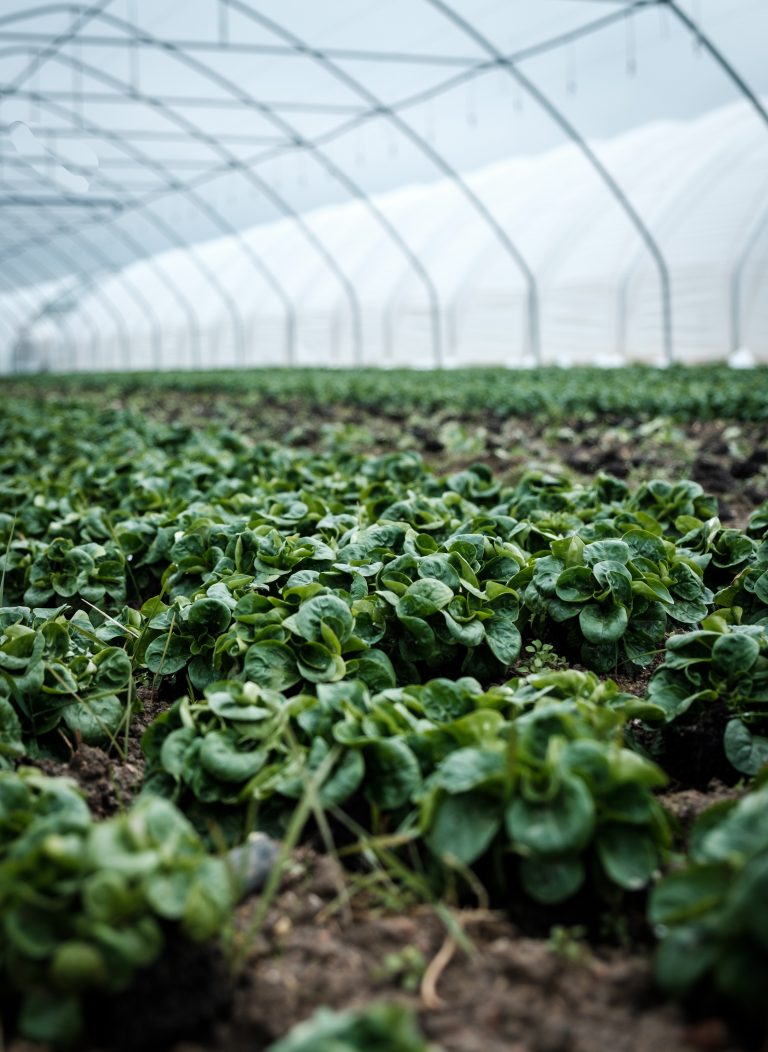Conflict Beef: The Human Cost of Beef Imports from Nicaragua

Abstract: This video explores human rights violations associated with U.S. imports of
beef from Nicaragua. While Nicaragua has seen the United States as an important export
market for some time, U.S. demand for Nicaraguan beef soared early in the COVID-19
pandemic as the virus forced the closure of U.S. slaughterhouses. In Nicaragua, cattle
ranchers saw the increase in demand as an opportunity to expand their production and
quickly moved to acquire more farmland by forcing indigenous people from their villages
and stealing forest land that rightfully belonged to the people. Despite these human rights
violations, companies like Thomas Food have continued to import Nicaraguan beef and
sell it to U.S. consumers through grocery outlets including Safeway, Target, and
Walmart. Thanks to a four-year old change in U.S. government regulations, beef
imported from Nicaragua can be relabeled as Made in America if it is repackaged in the
United States. Now, at least one U.S. Senator is working to change that regulation,
something that could provide greater transparency to consumers about the food they eat,
and potentially highlight the plight of Nicaragua’s indigenous people.
Notes: When global supply chains were disrupted by lockdowns associated with
COVID-19, many companies sought locally produced products to offset shortages. The
U.S. meat industry did just the opposite. It increased its imports of meat. Much of the
beef consumed in the United States comes from domestic animals, however, as workers
in meat processing plants fell ill with COVID-19, the domestic supply chain jammed up.
Meat processing plants were unable to maintain their usual staffing levels forcing those
producing cattle to find alternative options for their animals and prompting beef
wholesalers like Thomas Foods to look for alternate sources of beef. Many companies
turned to Nicaragua.
Discussion Questions:
- Comment on U.S. imports of Nicaraguan beef within the context of globalization. How
does globalization facilitate the shift from domestic production of beef to imports of
beef? What does this tell you about the global economy? How might the new trading
patterns between the United States and Nicaragua impact U.S. trade policy? What does
the increase in demand for Nicaraguan beef mean for the Nicaraguan economy? - Consider the plight of Nicaragua’s indigenous people. Are U.S. grocery chains like
Target and Safeway contributing to their predicament? Do grocery stores selling “conflict
beef” have an obligation to ensure that their products are sourced from ethical suppliers
or is that the responsibility of distributors like Thomas Foods? Does globalization play a
role? - Nicaragua is one of the poorest countries in the Western Hemisphere and its beef
exports to the United States represent an important part of its economy. Reflect on the
support given by Nicaragua’s President Daniel Ortega for the opening of new slaughterhouses and his seeming disregard for the safety and livelihood of the country’s indigenous people. How can the country promote economic growth without putting its indigenous people at risk? In your view, is the United States, by continuing to import “conflict beef”, complicit in the human rights violations occurring in Nicaragua?
Sources: PBS News Hour: In Nicaragua, supplying beef to the U.S. comes at a high human cost, One Green Planet: Supplying Beef to the U.S. is Destroying Nicaragua’s Indigenous Communities, Mongabay: Nicaraguan beef, grazed on deforested and stolen land, feeds global demand, Photo by Charlie Solorzano on Unsplash,













